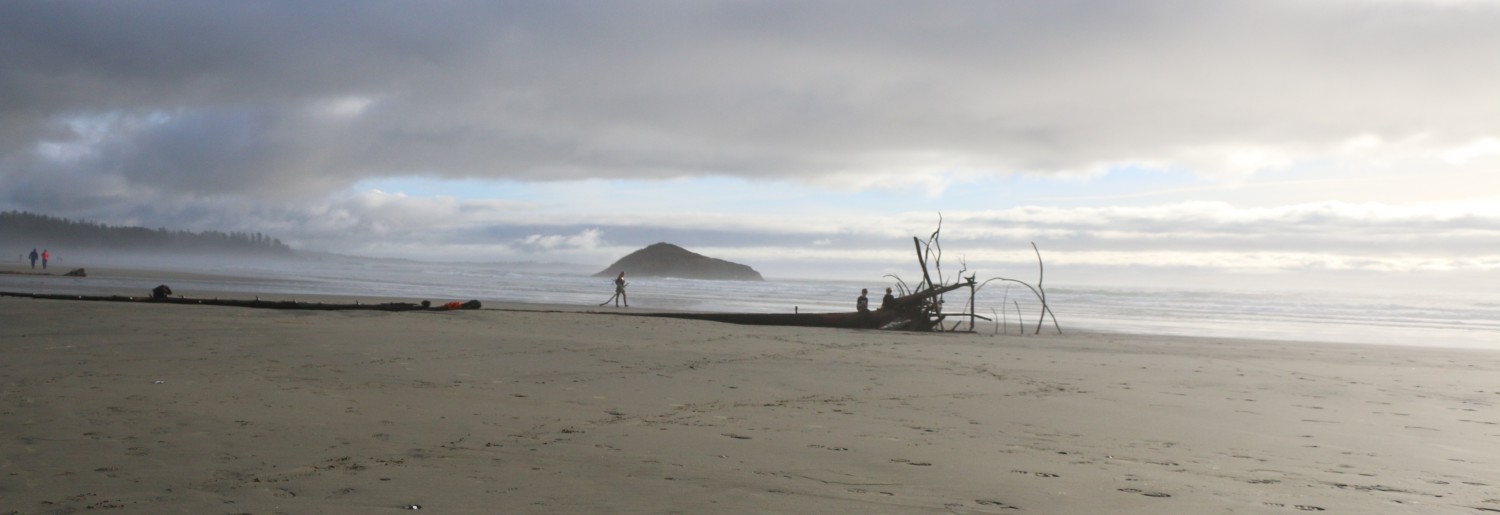Tuesday, December 1, 2009 – Globe and Mail
ANNA MEHLER PAPERNY
As the fate of Canada’s nuclear industry hangs in the limbo of unreleased government-commissioned reports, workers at the Chalk River reactor are taking matters into their own hands.
Fearing a looming, but still vague, restructuring of the Crown corporation that operates the reactor, they’ve submitted their own proposal to Ottawa – an ambitious plan that would see Chalk River independent of Atomic Energy of Canada Ltd.’s reactor business and become a nuclear research giant in its own right.
“The silence” from Natural Resources Canada, says Gordon Tapp, president of Chalk River Technicians and Technologists, “is deafening.”
The Chalk River Employees Ad hoc Taskforce plans to launch a publicity blitz this week to try to rally support behind the beleaguered Chalk River NRU reactor, which employs close to 3,000 people and pumps hundreds of millions of dollars annually into the local economy.
The reactor has been shut down since a heavy-water leak was discovered in May. The ensuing global isotope shortage has left Canada red-faced as countries around the world scrambled to secure supplies of the radioactive material needed for numerous medical procedures.
A panel convened to study solutions to Canada’s isotope crisis submitted its report to Natural Resources Minister Lisa Raitt yesterday. Ms. Raitt’s office has promised to release the report “in the coming days,” but the dozens of groups who submitted proposals to the panel say they’ve heard nothing. Meanwhile, health-care providers across the country are still wondering who’s going to foot the isotope shortage’s multimillion-dollar bill.
The federal Conservatives formally announced plans to restructure AECL earlier this year. Although Ms. Raitt’s office has no plans to release a report completed in October by Rothschild and Sons with recommendations on how to dispose of the former nuclear innovator, it will likely be split in two, with the CANDU reactor business largely privatized.
What worries Mr. Tapp is that Chalk River’s reactor would be left to languish.
“If the government decides in their wisdom that the CANDU technology no longer represents something the Canadian government wants to invest in … we don’t want Chalk River to be strapped to that. Once the CANDU sunset starts, we don’t want to go down with the ship. We want to stand alone and say we can do a lot more than CANDU.”
What the task force is proposing would see the aging NRU replaced with a billion-dollar, multipurpose reactor that would not only keep the lights on at Chalk River, but revitalize a former global nuclear leader that has lost its shimmer.
The proposed reactor would cost between $800-million and $1.7-billion to build, and another $600-million a year to operate. It would act as a nursery of sorts for academics and industry alike, with a far broader, research-based focus than the NRU has now.
“I’d like to see Chalk River become a national lab so that Canada can sort of step up to the plate in the world arena and become a player in high technology again,” Mr. Tapp said.”
He said they haven’t gotten a response, but they hope to gain an audience with Ms. Raitt and the Commons finance committee. In addition to an e-mail campaign, the group plans presentations to local chambers of commerce and municipal governments to convince them that the thousands of jobs and innovation the site represents merits its preservation.
The group has an ally in Cheryl Gallant, Conservative MP for Renfrew-Nipissing-Pembroke, which includes Chalk River. Losing the nuclear site would be “devastating” for the area, she said: AECL’s Chalk River site contributed $210-million directly into the local economy in 2008-09.
“The people who work at Chalk River are an integral part of our local economy,” she said. “There has to be an all-of-community push to ensure [the reactor stays].”
It makes sense for Chalk River’s employees to move forward with their own plan in the hopes the federal government will turn to them come restructuring time, says Dominic Ryan, president of the Canadian Institute for Neutron Scattering, which does its research at Chalk River.”Within a vacuum there’s two things you can do: You can just hunker down and hope the water passes over you and you don’t get hit, or you can start planning yourself in the hope that when someone asks a question … you have an answer ready.”
